What is 5G? This blog post describes how 5G Network can change from 4G Network.
Networks in the 4G and 3G Telecom fields consisted of dedicated equipment (Hardware) and dedicated software running on that dedicated device. Legacy 4G and 3G networks do not disclose technical specifications, and many black-box technical specifications are included in hardware and software.
In addition to the standardization activities of 5G communication systems by the 3GPP (Third Generation Partnership Project), an international standardization organization for mobile communications, industry groups and open source projects are promoting the openness and standardization of technical specifications. Various technologies used in the 5G Network have been developed by open source projects and are being tested for practical use. At the same time, there is active cooperation between open source projects. The open of this Network technology is one of the new trends of 5G.
In addition to 3GPP, 5G Network solutions are being developed according to multiple standardized specifications. In 5G, this multi-standard trend will be accelerated.
O-RAN Alliance(Open Radio Access Network Alliance)
The O-RAN Alliance (Open Radio Access Network Alliance), an industry group, is promoting the opening of mobile communication access network infrastructure.
O-RAN Alliance (Open Radio Access Network Alliance) [Web site]
The figure below shows the O-RAN alliance reference architecture. Shows the entire technical area covered by the O-RAN alliance.
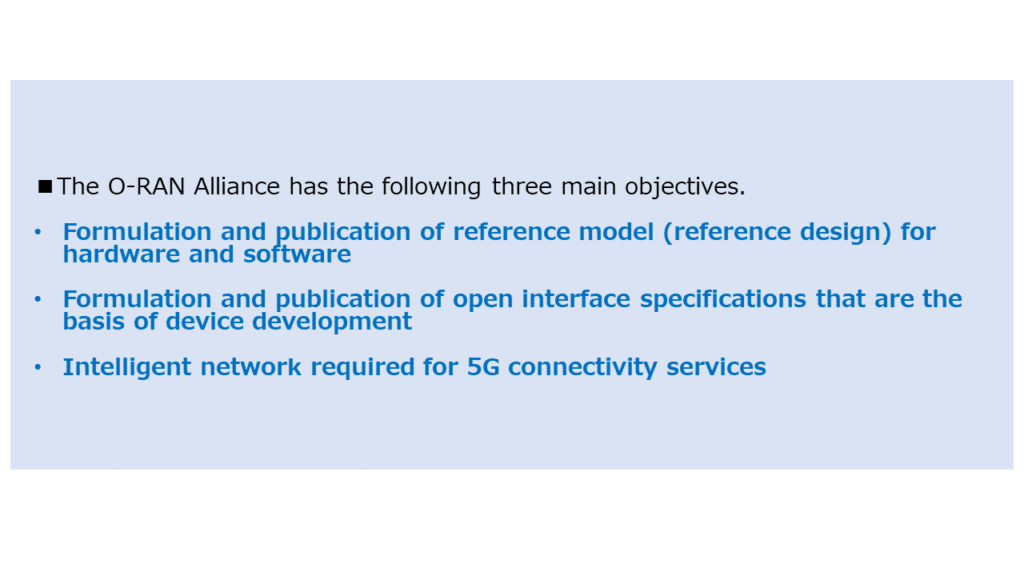
The figure below shows the O-RAN alliance reference architecture. Shows the entire technical area covered by the O-RAN alliance.
![[Reference] https://www.o-ran.org/, O-RAN Alliance Reference Architecture](https://teppeilog.com/wp-content/uploads/2020/11/NW_OPEN_01-1024x576.png)
The O-RAN Alliance is divided into multiple Working Groups (shown below). Reference Design and interface specifications are examined and established for each Working Group.
![[Reference] O-RAN Alliance Standardization trends, docomo, https://www.nttdocomo.co.jp/binary/pdf/corporate/technology/rd/technical_journal/bn/vol27_1/vol27_1_007jp.pdf](https://teppeilog.com/wp-content/uploads/2020/11/NW_OPEN_03-1024x576.png)
In March 2019, the O-RAN Alliance released the interface specifications of O-RAN front hall that connects the baseband processing unit and the radio unit in the C-RAN (Centralized RAN) configuration in April 2018.
The standardization trends of O-RAN alliance are summarized in detail in the following materials.
O-RAN Alliance Standardization trends, docomo, [PFD file]
TIP (Telecom Infra Project)
TIP (Telecom Infra Project) is promoting the opening of the Telecom infrastructure centered on Facebook. TIP promotes infrastructure technology and product development, not mobile phone Cellular or Wi-Fi communication itself.
TIP is a non-profit organization that promotes the opening of networks in the following three technical areas.
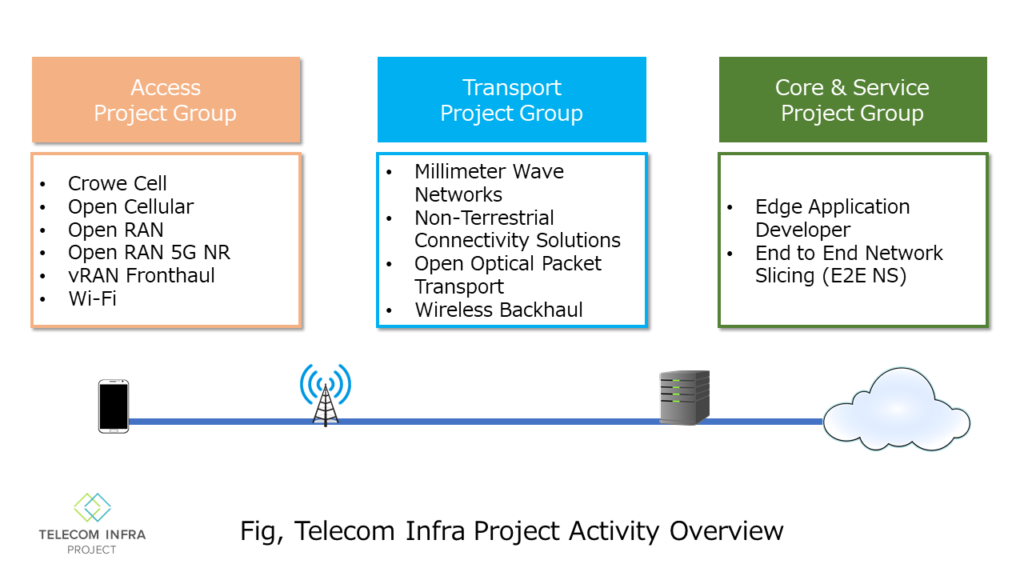
TIP (Telecom Infra Project)[Web Link]
A partnership between TIP and OCP (Open Compute Project), a non-profit organization that promotes open source of design drawings and specifications of hardware such as servers, has been announced.
Open Compute Project (OCP) is a community founded by Facebook as a non-profit organization that promotes the design of hardware such as servers and the open source of technical specifications. The community is working to achieve the most efficient computing infrastructure at the lowest cost. OCP (Open Compute Project) Established in April 2011.
OCP (Open Compute Project) [Website]
ONF (OPEN Networking Foundation)
ONF (OPEN Networking Foundation) is an operator-led consortium that leads network transformation specializing in promoting and adopting SDN through open standard development. ONF works closely with network operators and other stakeholders to work with 200 members and partners.
Several projects are underway, such as SD-RAN (Software Defined – Radio Access Network), which will lead the opening of the network.
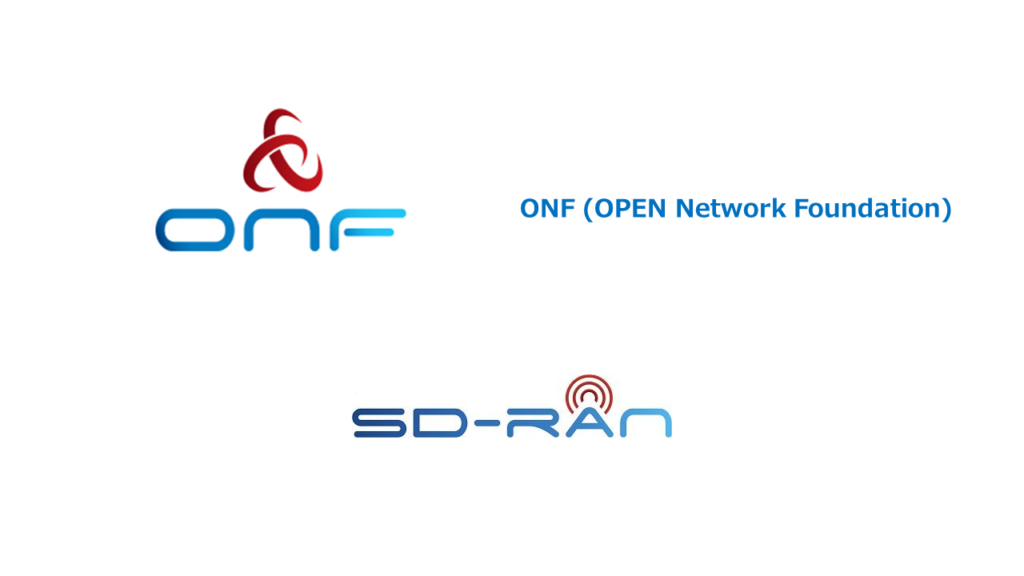
ONF (OPEN Networking Foundation) [Web Link]
ONAP (Open Network Automation Platform)
Operation automation is important as 5G networks become more complex. In 5G, the automation of network operations is becoming more powerful. Several Open Source projects are underway to contribute to the automation of network operations. Here are some of them.
ONAP (Open Network Automation Platform) is an open source networking project hosted by the Linux Foundation. This is a project to develop an open and standard-compliant architecture that enables rapid introduction and automation of new network services and life cycle management. ONAP is also promoting the implementation of that platform. ONAP was established in March 2017 and has more than 50 network cloud operators and suppliers participating.
ONAP is one of the Linux Foundation’s open source projects. ONAP offers OpenECOMP and Open-Orchestrator (Open-O), an open source platform for coordinating and automating physical and virtual network elements. ONAP provides three main features in the NFV architecture.
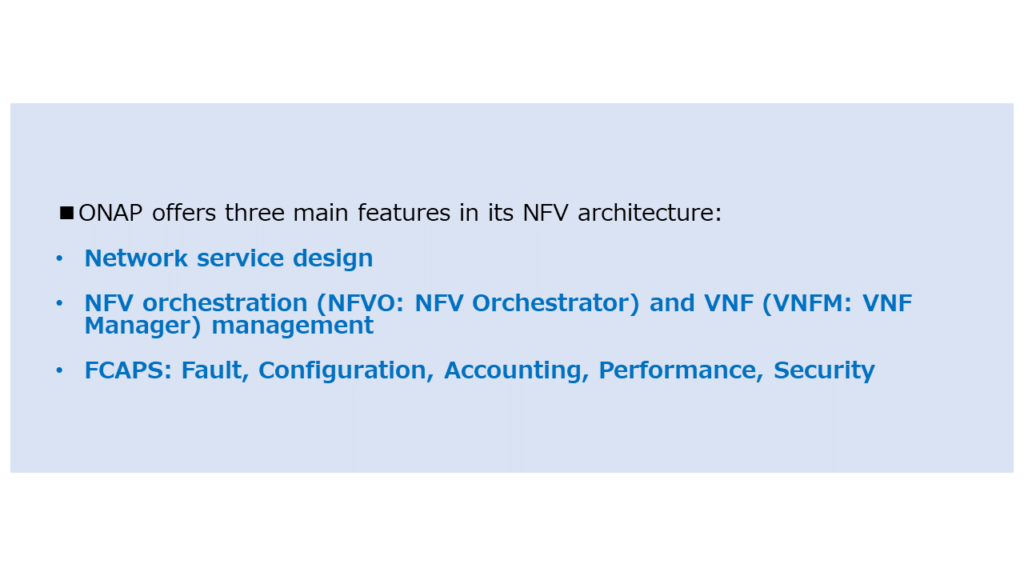
The figure below is an overview of the ONAP architecture published by ONAP. It is a schematic diagram that includes all the Opening technologies promoted by ONAP.
![Fig, High-level view of the ONAP architecture with microservices-based platform components [Reference] ONAP, Architecture, https://www.onap.org/architecture](https://teppeilog.com/wp-content/uploads/2020/11/NW_OPEN_06-1024x576.png)
OPNFV (Open Platform for NFV)
OPNFV (Open Platform for NFV) is an open source project aimed at implementing a software environment that realizes NFV. NFV is realized by various open source function extensions and integrations while linking with existing open source projects such as OpenStack and OpenDaylight.
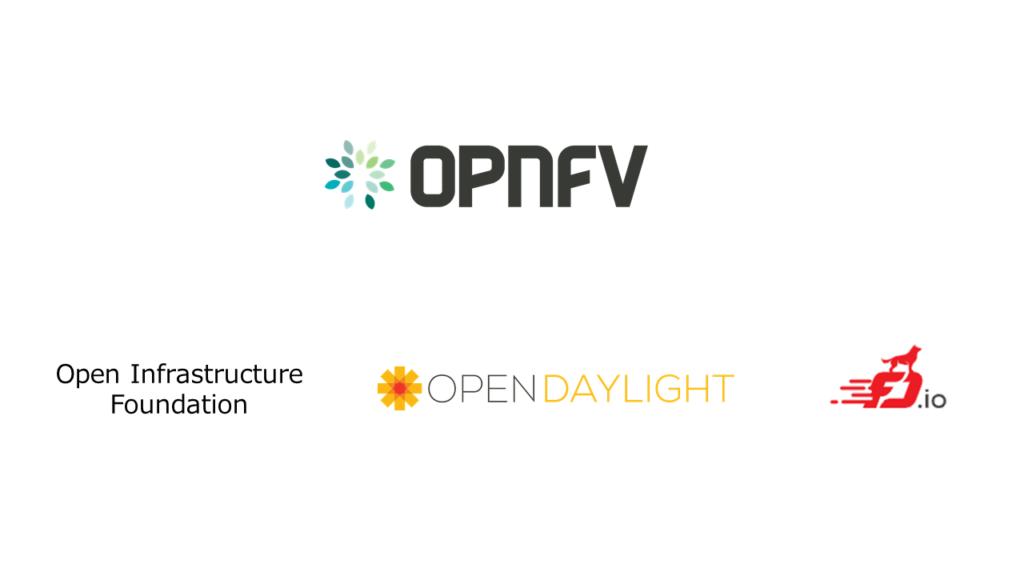
Based on the requirements of NFV (Network Function Virtualization) centered on telecommunications carriers, OPNFV is working to promote coordination and verification so that related open source projects can meet these requirements. The purpose is to build an end-to-end software stack for the network.
OPNFV(Open Platform for NFV) [Website]
OPNFV does not develop all components from scratch. OPNFV is a project that has the role of extending and integrating existing open source projects. OPNFV is working with multiple projects such as hardware platforms, existing projects such as OpenStack, OpenDaylight and FD.io.
OpenStack
OpenStack is open source free software that provides users with Infrastructure-as-a-Service (IaaS) by controlling computer, storage and network resources. It is promoted by The OpenStack Foundation, which was established in September 2012.
The OpenStack Foundation will be reborn as an organization called the Open Infrastructure Foundation (OIF) from 2021.
Open Infrastructure Foundation (OIF) [Web Page]
Openstack [Web Page]
OpenDaylight
OpenDaylight project is a joint open source project under the Linux Foundation. It aims to accelerate the use of Software Defined Networking (SDN) and lay a solid foundation for Network Functions Virtualization (NFV), which virtualizes network functions.
OpenDaylight [Website]
FD.io
FD.io is a project aimed at obtaining throughput comparable to physical networks in virtual networking. FD.io is based on Vector Packet Processing (vpp) contributed by Cisco Systems, with members such as Cisco, Intel, Ericsson and Huawei.
FD.io [Website]
Summary
In 5G, industry groups and others are promoting openness and standardization of specifications. Various technologies used in the 5G Network have been developed by open source projects and are being tested for practical use.
In the future, 5G Network will be opened in various ways, and it is expected that multi-vendor will be promoted. At the time of 4G, it is expected that multi-vendors will gradually progress from the situation where network equipment and software were provided only to a limited number of network equipment vendors.
For more information on 3GPP, please refer to the following blog post.
![[Reference] unsplash, Sander Weeteling, https://unsplash.com/photos/KABfjuSOx74](https://teppeilog.com/wp-content/uploads/2020/11/Eye_Catch_5G.png)



コメント